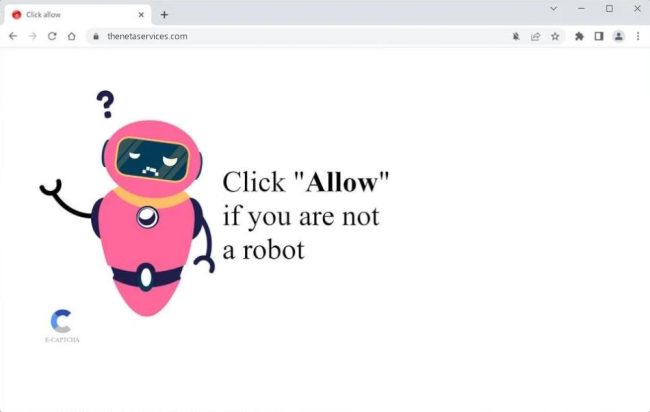Thenetaservices.com is a malicious website that infects computers by tricking users into allowing browser notifications. Once a user visits the website, they may be prompted with a message stating that they need to click 'Allow' in order to access content, download a file, or continue browsing. However, clicking 'Allow' actually gives the website permission to send push notifications to the user's browser.
How to remove Screenshotter
Screenshotter is a type of malware that is designed to capture screenshots of a user's computer screen without their knowledge or consent. This malicious software can be installed on a computer through various means, such as phishing emails, malicious websites, or by exploiting vulnerabilities in software. Once installed, Screenshotter runs silently in the background, capturing screenshots at regular intervals and sending them to a remote server controlled by the hacker.
How to remove Silver Wave
Silver Wave is a type of malware that infects computers and can cause serious damage to the system and compromise sensitive information. This malware typically spreads through malicious email attachments, infected websites, or software downloads. Once Silver Wave infiltrates a computer, it can steal personal data, log keystrokes, and give hackers remote access to the infected device.
How to remove Page Summarizer AI
Page Summarizer AI adware is a type of malicious software that infiltrates computers without the user's consent and displays unwanted advertisements and pop-ups. This adware is designed to generate revenue for its creators by redirecting users to sponsored websites and promoting various products or services. Page Summarizer AI adware can slow down the computer's performance, track the user's browsing habits, and even collect personal information for marketing purposes.
How to remove Quant (QNT) Airdrop pop-ups
Quant (QNT) Airdrop is a term used in the cryptocurrency world to describe the distribution of free tokens to existing token holders. This marketing strategy is often used by blockchain projects to increase awareness of their token and reward loyal supporters. Quant (QNT) Airdrop allows token holders to receive a certain amount of free tokens based on their current token holdings. This can be seen as a way to incentivize token holders to hold onto their tokens or to attract new investors to the project.
How to remove Phaliconic.com
Phaliconic.com is a malicious website that infects computers through deceptive tactics and exploits browser notifications. When users visit the site, they may be prompted to allow notifications in order to access content or download files. However, by clicking on the "Allow" button, users unknowingly give permission for Phaliconic.com to send unwanted notifications to their browser, leading to a barrage of pop-up ads and potentially harmful content.
How to remove ORD INSCRIPTION QUEST pop-ups
ORD INSCRIPTION QUEST is a type of browser hijacker that appears in web browsers without the user's consent. This malicious software typically takes over the homepage and search engine settings of the browser, redirecting users to unwanted websites and displaying intrusive advertisements. ORD INSCRIPTION QUEST can also track the user's online activity and gather personal information for malicious purposes.
How to remove MagnaSearch.org
MagnaSearch.org is a type of adware that infects computers and web browsers, displaying unwanted advertisements and pop-ups to users. This adware typically gets installed on a computer when the user downloads and installs freeware or shareware programs from untrustworthy sources. Once installed, MagnaSearch.org starts to track the user's browsing habits and displays targeted ads based on this information.
How to remove Page-error.com Official
Page-error.com Official is a type of adware that infects computers and displays annoying pop-up ads and redirects users to unwanted websites. This adware is designed to generate revenue through pay-per-click advertising and can be very invasive, disrupting the user's browsing experience.
How to remove IMF Grant Program pop-ups
The IMF Grant Program is a scam that appears in internet browsers as a deceptive technique to trick unsuspecting individuals into believing they have been awarded a grant from the International Monetary Fund (IMF). The scam typically involves a pop-up message or webpage claiming that the recipient has been selected to receive a grant for a substantial amount of money. In order to receive the grant, the individual is instructed to provide personal information or pay a fee, which ultimately leads to financial loss and identity theft.








